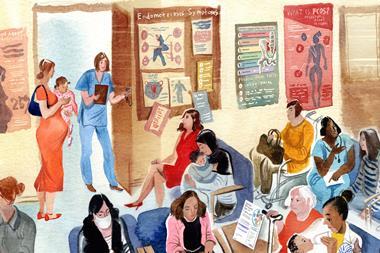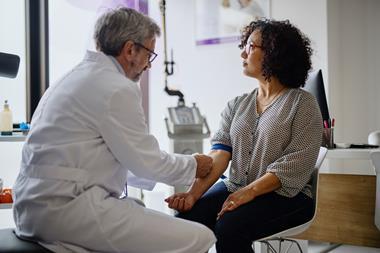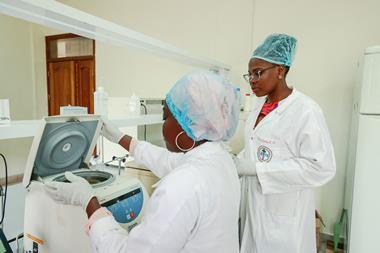Fixing the inequality is morally just, and economically sound
For centuries medicine has been designed for men, with women’s health concerns either dismissed, misdiagnosed, or simply under-researched.
Before I started working on the cover feature for this special issue, I was already aware that there were significant gaps in women’s health research. Yet through my research and interviews I learned that the gap is really a chasm. I was also utterly dismayed to see how slowly things have changed: it was only 32 years ago that it became a requirement for women to be included in clinical trials in the US, and the first sex and gender policies in the UK were only published in 2022.
We have all heard the heartbreaking stories of women who have waited decades to be diagnosed with conditions such as endometriosis, a condition that affects one in ten women of reproductive age, despite suffering for years with debilitating pain and heavy periods. Recently, the BBC presenter Naga Munchetty spoke out about her diagnosis of adenomyosis – a condition where the lining of the womb starts growing into the muscle of its walls – which only came after 35 years of seeking help for her unbearable symptoms, including pain so severe she would lose consciousness.
The lack of understanding around women’s health is a societal problem
The problem is women’s health is woefully misunderstood and stigmas associated with conditions that only, or primarily, affect women have made it a topic that is challenging to even talk about. As Rachel Brazil explores in her feature on the menopause, it has only been relatively recently that women have felt more comfortable with discussing the menopause, which has helped to invigorate research to find better treatments.
And, despite it being an inextricable part of human functioning, researchers are still only beginning to explore exactly how the menstrual cycle can affect both physical and mental health.
Some fascinating recent research showed that analysis of menstrual fluid – which consists not just of blood but endometrial cells, hormones and vaginal secretions – could help in the early detection of endometriosis, uterine fibroids and even cancer, with the added benefit that collecting it is completely non-invasive. However, cultural taboos and prejudices surrounding menstrual blood means that it has been largely overlooked in research settings, despite the wealth of information it could contain.
We also know very little about what menstrual products are made of. As Bárbara Pinho explores in her feature, scientists have recently revealed an array of harmful chemicals in sanitary pads and tampons – including the likes of cadmium, arsenic, phthalates and PFAS. These compounds have the potential to be absorbed into the body, but very little research has been done to find out for sure.
Closing the women’s health gap could add $1 trillion to the global economy
The lack of understanding around women’s health is a societal problem. It leads to reduced workforce participation, lower productivity and an increased burden on healthcare systems; a 2024 report from NHS Confederation calculated that the economic cost of absenteeism due to severe period pain and heavy periods alongside endometriosis, fibroids and ovarian cysts is estimated to be nearly £11 billion per year.
Thankfully, women’s health is now receiving more recognition, and pharma is waking up to the fact that closing the women’s health gap will create opportunities.
But funding will be needed to drive this forward. Just five years ago, only 5% of global biopharmaceutical R&D spending was allocated to women’s health research, and of this, just a fifth went on non-cancer conditions.
Global management consultancy firm, McKinsey, estimated last year that closing the women’s health gap could add $1 trillion to the global economy annually by 2040, with benefits felt across multiple generations.
Better healthcare for women isn’t a win for just 51% of the population. It’s a win for everyone.

















No comments yet